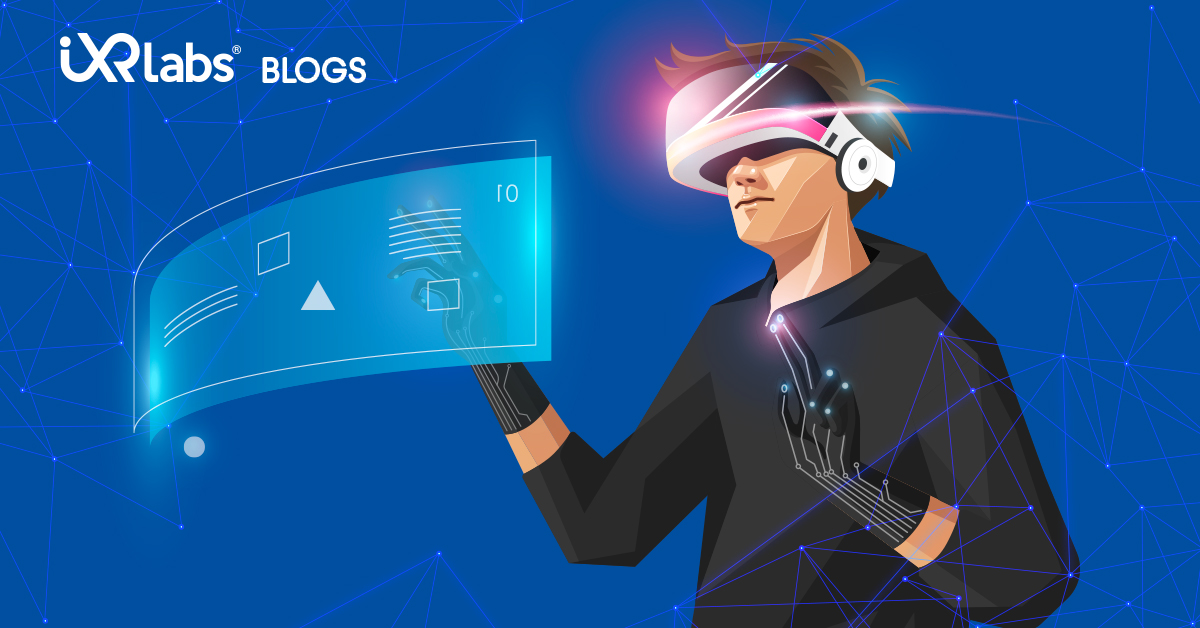Why Haptic Feedback is Crucial for VR Education?


Surgeons can use haptic feedback to practise surgical procedures in a virtual environment, allowing them to hone their skills without risk to patients.
Engineers can use haptic feedback to test prototypes and simulate real-world scenarios, improving the safety and effectiveness of their designs.